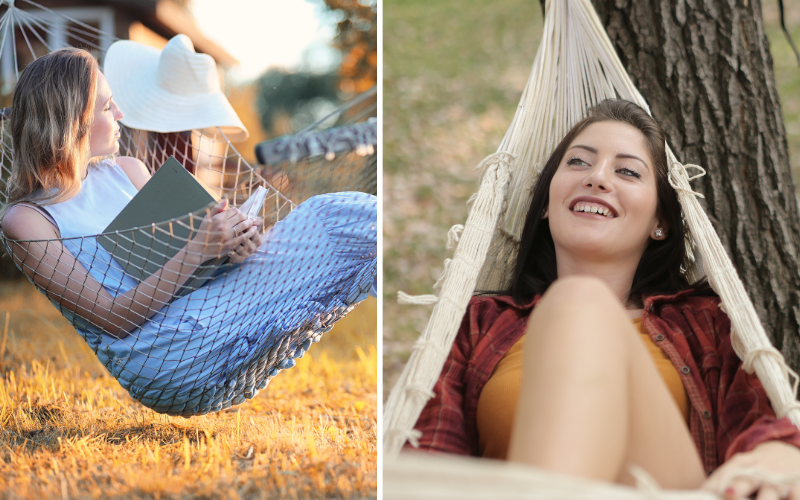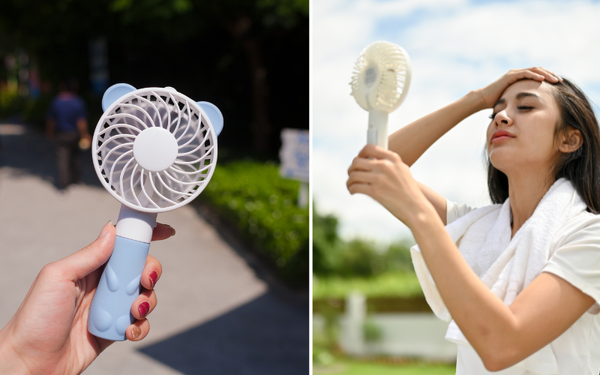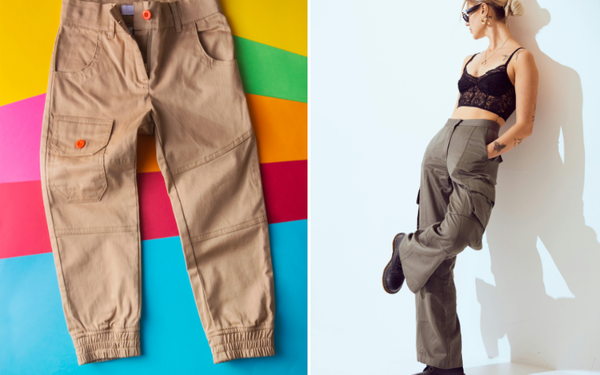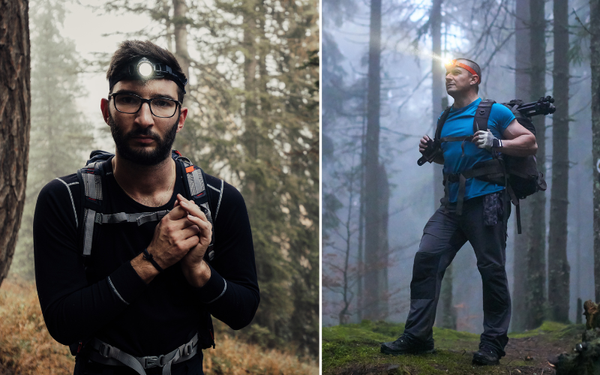The allure of hammocks is undeniable. Swinging gently in the breeze, they embody relaxation, tranquility, and leisure. But as any hammock enthusiast would attest, achieving the perfect balance of comfort and safety requires a meticulous setup. Let's delve into crafting the most comfortable hammock setup, ensuring that every lounging experience is as plush as the luxurious outdoor hammock bed.

The Fundamental Components
Every hammock setup revolves around some critical components:
- The Hammock Itself: This is the centerpiece. The material, size, and weave all play a crucial role in determining comfort.
- Suspension System: This encompasses the straps, ropes, or cords used to hang the hammock.
- Anchors: Typically trees or posts, these provide the necessary support for your hammock.
- Accessories: From pillows and pads to bug nets and rain flies, these enhance the hammocking experience.
Crafting the Ultimate Comfort
1. Choosing the Right Hammock
Opt for a hammock that aligns with your usage. If you're looking for an outdoor hammock bed experience, a double-wide design with a spreader bar, made of soft yet durable fabric like parachute nylon or cotton, might be ideal. Ensure it's breathable to prevent excessive sweating and large enough to allow versatile sleeping positions.
2. The Perfect Hang Angle
The angle at which your hammock hangs is paramount for comfort. A 30-degree angle is often recommended. This angle ensures a deep sag, which enables you to lie diagonally, aligning your spine and providing ergonomic comfort.
3. Mind the Height
Ensure your hammock isn't too high or too low. As a rule of thumb, the hammock should sit at waist height for easy accessibility and to prevent any dramatic falls.
4. Optimal Distance Between Anchors
For a hammock without spreader bars, a distance of 12-15 feet between anchors (trees/posts) is ideal. This ensures that once the hammock is hung at the recommended 30-degree angle, it achieves the perfect sag.
5. Accessorize for Comfort
- Sleeping Pads: These can be inserted inside your hammock to offer insulation and added cushioning.
- Underquilts: Essential for colder climates, underquilts hang outside your hammock, providing insulation from chilly winds.
- Pillows: While some purists might argue against them, pillows can enhance head and neck support, elevating comfort.
6. Protection from the Elements
When you're aiming for an outdoor hammock bed setup, protection is key. Integrated or attachable bug nets keep pests at bay, while a rain fly or tarp shelters against unexpected drizzles. Opt for tarps with multiple tie-outs, allowing for versatile configurations depending on weather conditions.
Safety First!
While comfort is paramount, safety should never be compromised:
- Inspect Equipment Regularly: From the hammock fabric to suspension systems, ensure there's no wear and tear.
- Choose Sturdy Anchors: Opt for robust, healthy trees or posts. Always use tree-friendly straps to prevent damage.
- Mind the Weight Limits: Always adhere to the manufacturer's weight specifications to ensure longevity and safety.
Conclusion
In the world of hammocking, comfort is a science, an art, and a touch of personal preference. Whether it's the choice of hammock, the precision of the hang angle, or the selection of accessories, each element plays a pivotal role in crafting the perfect lounging experience. As the charm of the outdoor hammock bed continues to captivate hearts globally, ensuring an optimal setup can elevate every moment spent swaying in nature's embrace.
You May Also Like...











